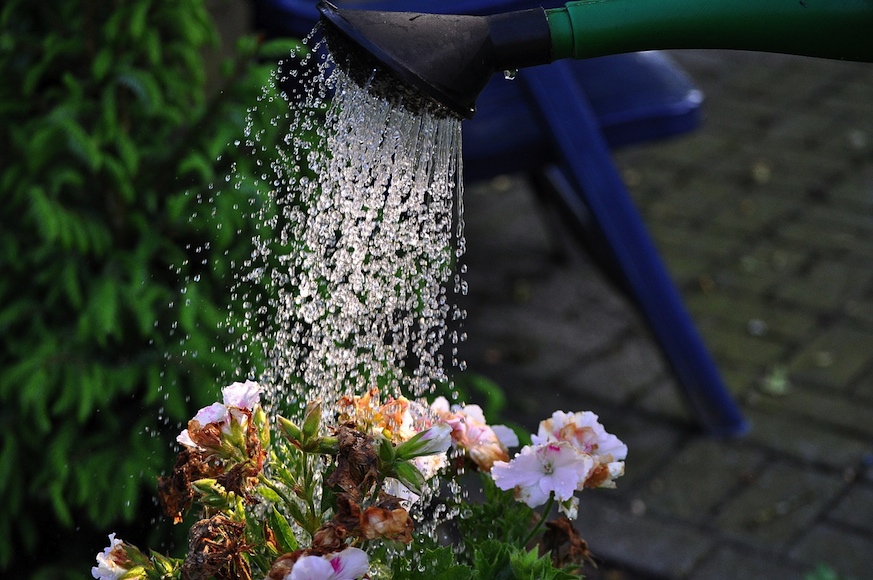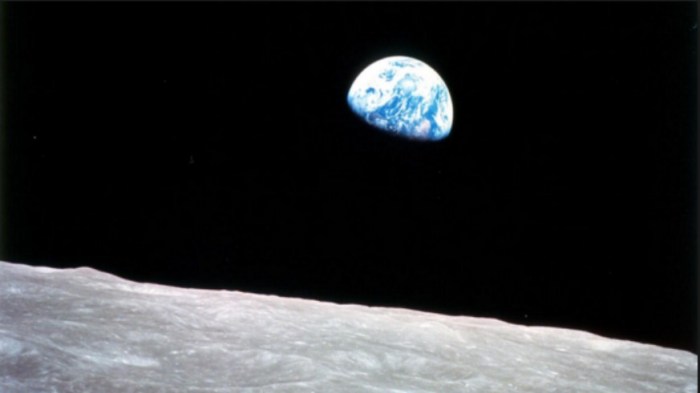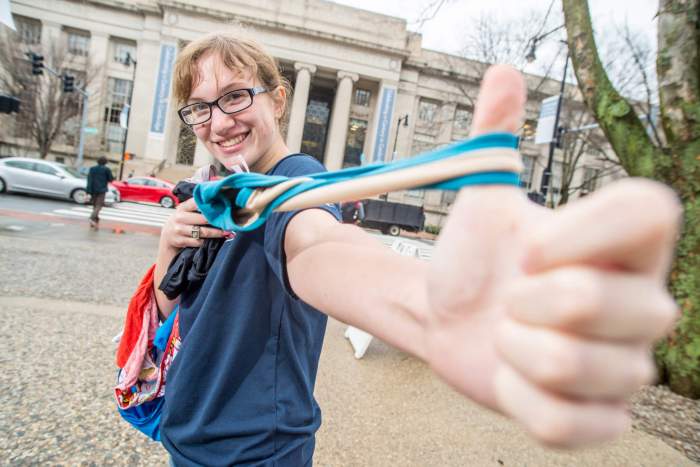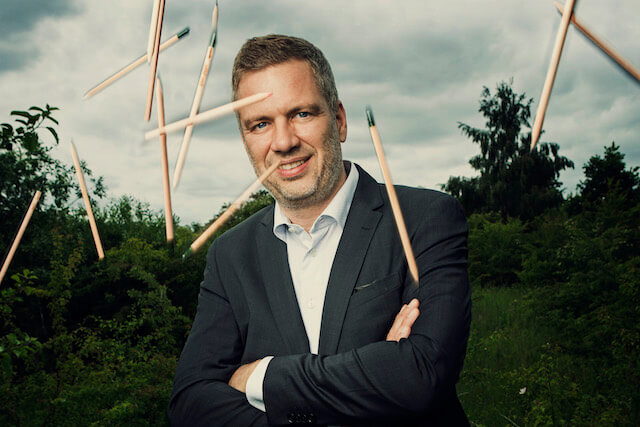Some people have a green thumb, and others forget to water their houseplants and garden plots until all the leaves are wilting and it’s too late to save them.
But what if your plant could tell you when it needs water? That may be the future, thanks to engineers at the Massachusetts Institute of Technology.
MIT engineers have developed a sensor that can be “printed” onto a plant’s leaf and transmit data from the plant itself about if it’s experiencing water stress.
That sensor contains electronic circuit nanotechnology and is about five times thinner than a human hair, said Michael Strano, an MIT chemical engineering professor and the senior author of the new study on the development. The sensor sits on top of the plant’s “stomata,” the small pores found on leaves.
“If you look on the surface of a leaf, you’ll see millions of little pores that actually look like eyes, and they actually open and close in real time,” he said.
MIT chemical engineers have developed a sensor that detects the opening and closing of plant stomata. Gif Courtesy of Volodymyr Koman/MIT Chemical Engineering
These pores help hydrate the plant by opening to evaporate water. “You can think of it as the plant is drinking,” Strano said. “It evaporates water through the pore and that evaporation pulls water up from the soil.”
Plants start to die from lack of water days before they visibly wilt, if they even wilt at all, Strano said — and these pores show the earliest signs of drought. To develop this technology, Strano and his coauthor Volodymyr Koman stopped watering a peace lily plant and noticed a change in how those pores function.
“What ended up happening, way before the plant starts to wilt we see that the pores will open slower,” he said. “Because the plant uses water potential to open and close this pore, [when there’s no water], the plant is almost drowsy, like a sleepy child whose eyes are opening and closing slowly.”
That drowsiness, or latency, helps predict if the plant is in a water shortage before it starts dying. Strano is working on developing a small sticker that contains the sensors, so the amateur gardener can put it on their plants and monitor them via their phone.
Aside from that one gardener, this has huge implications for our food system, Strano said. First, it can help predict droughts so farmers better able to rescue their crops.
Second — and to Strano, more importantly — these sensors can help scientists specifically identify plants that are good at handling lower amounts of water.
“The hope is that by doing this we could crossbreed plants that can flourish and provide food under conditions where the water is not as available, creating crops that are more resistant to drought,” he said. “The definition of what a drought is can start to change, and if the weather changes, if the climate changes, the food yield won’t drop as much, and it can be a piece of the puzzle for food security for the world.”

























